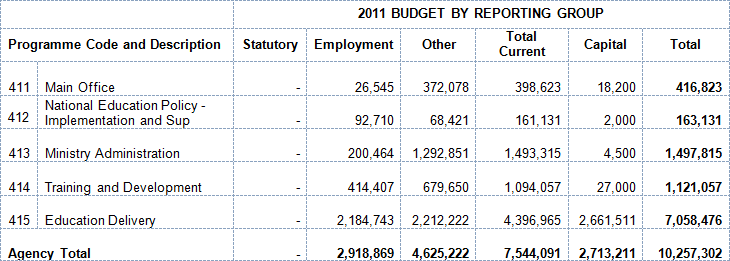Mr Anil Nandlall was one of the principal speakers when the National Assembly debated the end of provisions in the age-old law Title to Land (Prescription and Limitation) Act which allowed a person who has, without permission, occupied state land for more than thirty years to approach the court to grant title to that land. He followed that up with a letter in the press (‘Land amendment bill was promulgated to address a serious problem’ SN, March 16 ) which ends with the words “Guyana is a democracy where the rule of law reigns supreme,” and which conveniently invokes the name of Cheddi Jagan.
Mr Nandlall’s letter represents a view of democracy being only and all about five-yearly elections in which state resources can be used by the incumbent to be re-elected and where once in office, he is free to ignore constitutional requirements on local government elections, the appointment of an Ombudsman and the setting up of important commissions such as the public procurement commission; improperly accounting for and unlawfully using public funds; and enriching the re-elected party at the state’s expense as is increasingly happening in the twilight of the Jagdeo presidency. While wrong, that seems to be the democracy practised by Mr Nandlall’s party.
On the issue of the rule of law, I assume that Mr Nandlal is familiar with the Sixth Sir David Williams Lecture on the Rule of Law given by Lord Bingham of Cornhill. I would like to hear Mr Nandlall’s views on whether the state in Guyana observes the eight sub-rules of the rule of law spelt out and discussed by Bingham. For the benefit of readers I reproduce in the first person the third and sixth of these sub-rules and note that the sixth was actually highlighted (printed in bold) in the text of the lecture released to the public.
a) “My third sub-rule is that the laws of the land should apply equally to all, save to the extent that objective differences justify differentiation.
b) “My sixth sub-rule expresses what many would, with reason, regard as the core of the rule of law principle. It is that ministers and public officers at all levels must exercise the powers conferred on them reasonably, in good faith, for the purpose for which the powers were conferred and without exceeding the limits of such powers.”
Against this background, let us now compare the law relating to land as it applies to one set of people – many poor – and to another – the rich and the powerful. With the amendment – or rather repeal of the law referred to above – a long-held right of a person who has occupied public land without permission for 30 continuous years to apply for title under the Title to Land (Prescription and Limitation) Act is being taken away. To buttress his argument in favour of the repeal, Mr Nandlall quotes Article 32 of the constitution which imposes a duty on every citizen to protect the property of the state.
Now compare this with what has taken place in Pradoville 2 where state property with legal and environmental importance has been expropriated by President Jagdeo for himself, other members of the ruling elite and those whose support they need. Let us remember too that Mr Jagdeo and the political ruling class received the same kind of benefit of state land in Pradoville 1 under Cheddi Jagan and which came with several covenants which President Jagdeo failed to observe. By what stretch of the imagination can this be considered consistent with the ‘rule of law’? Or does ‘rule of law’ have one meaning for the political elite and another for the poor?
I wonder whether Mr Nandlall, the professional attorney-at-law, would refuse to act for a client seeking representation under the doctrine of legitimate expectation who has openly and for decades occupied, often with the knowledge of the leadership of the party he serves, public property, investing millions of dollars on that property.
I wonder, too, whether Mr Nandlall the politician will now tell his party that they have to support the eviction of their supporters on the East Coast Demerara whom they courted prior to the 1997 and 2001 elections with promises of ‘certificates of comfort’ and the assurance that their situation would be ‘regularized.’ And as a politician, whether he has exercised his duty to defend state property when the state’s freehold land is given to a member of the party in exchange for that person’s failure to develop leasehold land in Berbice.
Finally, I wonder whether Mr Nandlall believes that similar to the citizen in Article 32, the state has a duty to protect private property and whether he cares that persons can lose their title to someone who has unlawfully squatted on their property for twelve years – or in some cases simply stating that they have done so, as Mr Nandlall might know.
Let me make my own position clear. I am no supporter of title by prescription – whether of private or public property. But I believe that anyone who preaches or defends one standard for the poor and the powerless and another for the rich and the powerful is engaging in hypocrisy and double standards.

